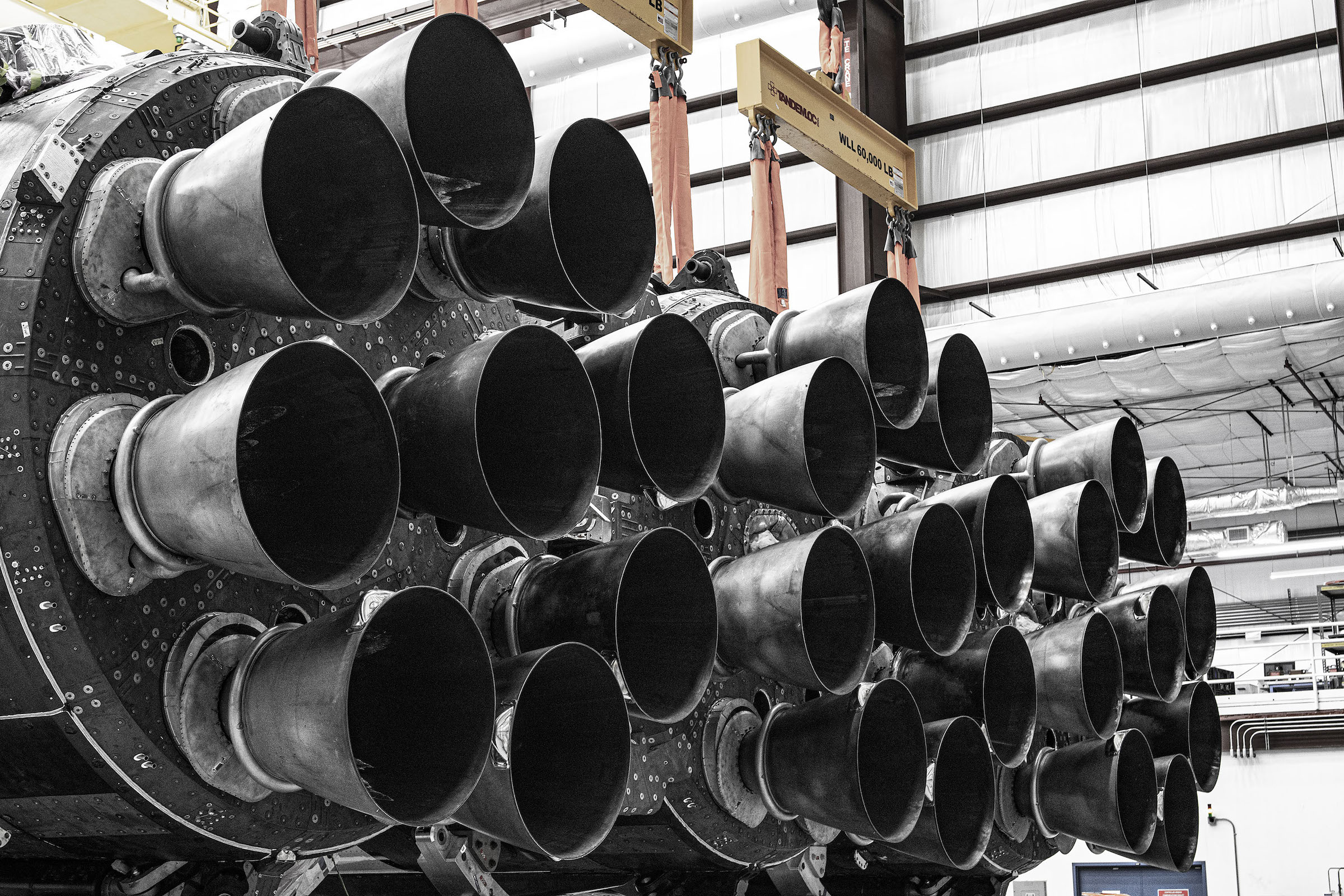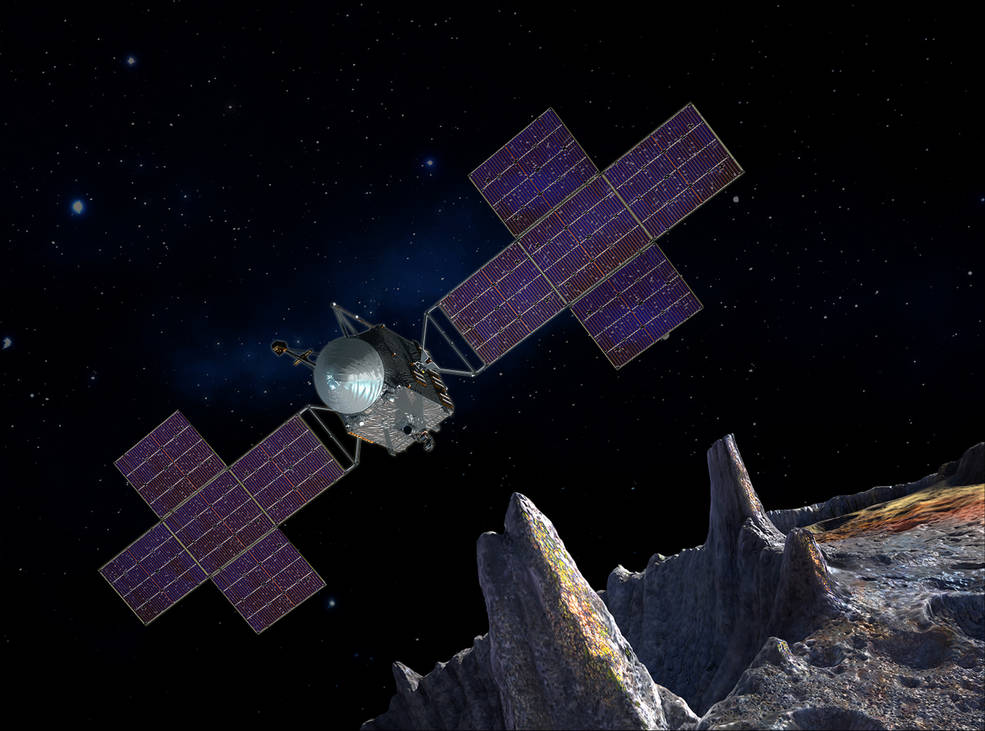SpaceX successfully launches Falcon Heavy for the fourth time ever • ZebethMedia
SpaceX has launched its Falcon Heavy rocket on a mission for the U.S. Space Force. This is the fourth ever launch of the company’s heavy payload launch vehicle, which first flew in 2018. Today’s launch also marks SpaceX’s 50th in 2022. The payload for today’s launch includes two U.S. space force satellites, including one used for “various prototype missions” in geosynchronous orbit, and another whose nature and purpose is classified for national defence purposes. While SpaceX uses Falcon Heavy a lot less frequently than its Falcon 9 rocket (Heavy’s last launch was in 2019), it has a solid track record across its four flights. The Falcon Heavy uses three boosters for added thrust and lift capacity vs. Falcon 9’s single core. The mission also included a successful landing of both the side boosters on land, marking the 150th and 151st successful landing of SpaceX’s orbital rockets. The center core was not recovered, since it was set in expendable mode to use the max amount of fuel to get the payload to its target orbit. Image Credits: SpaceX

